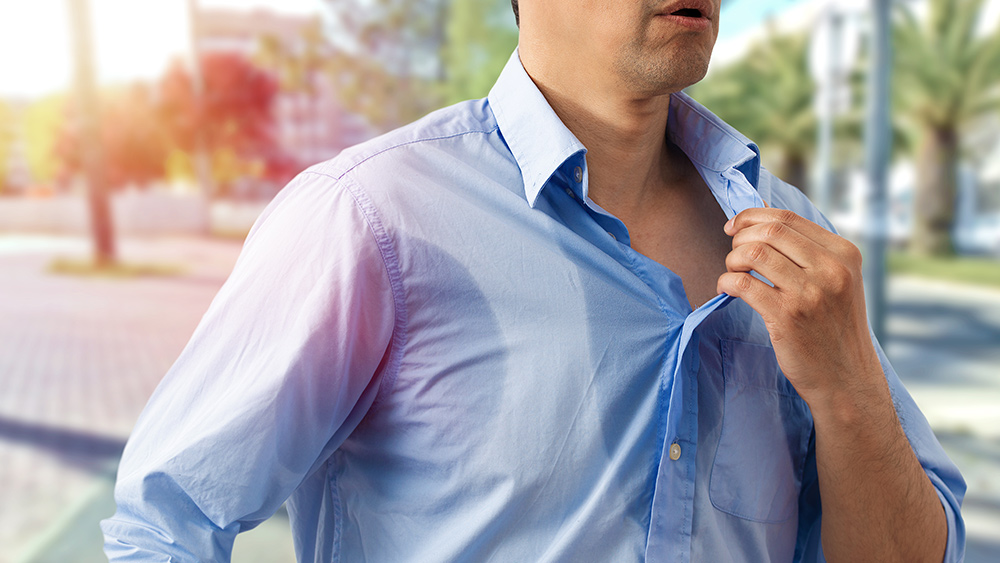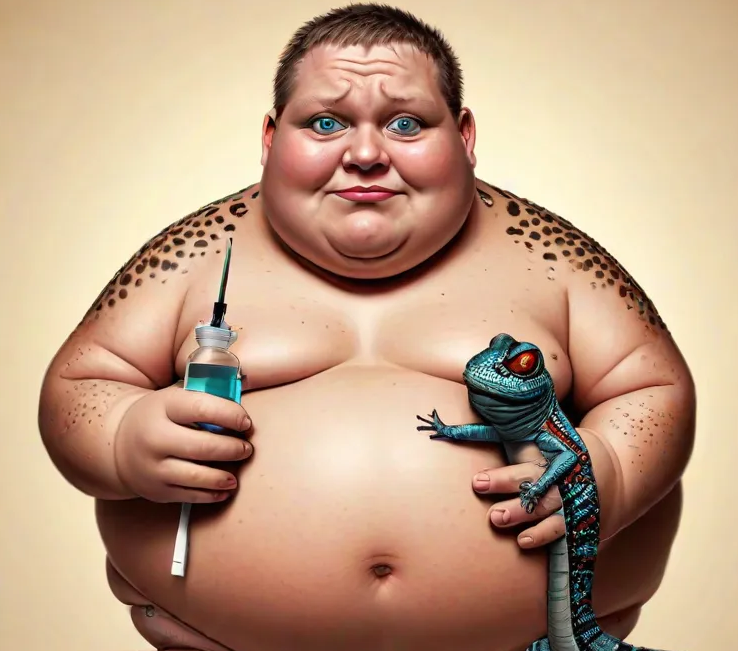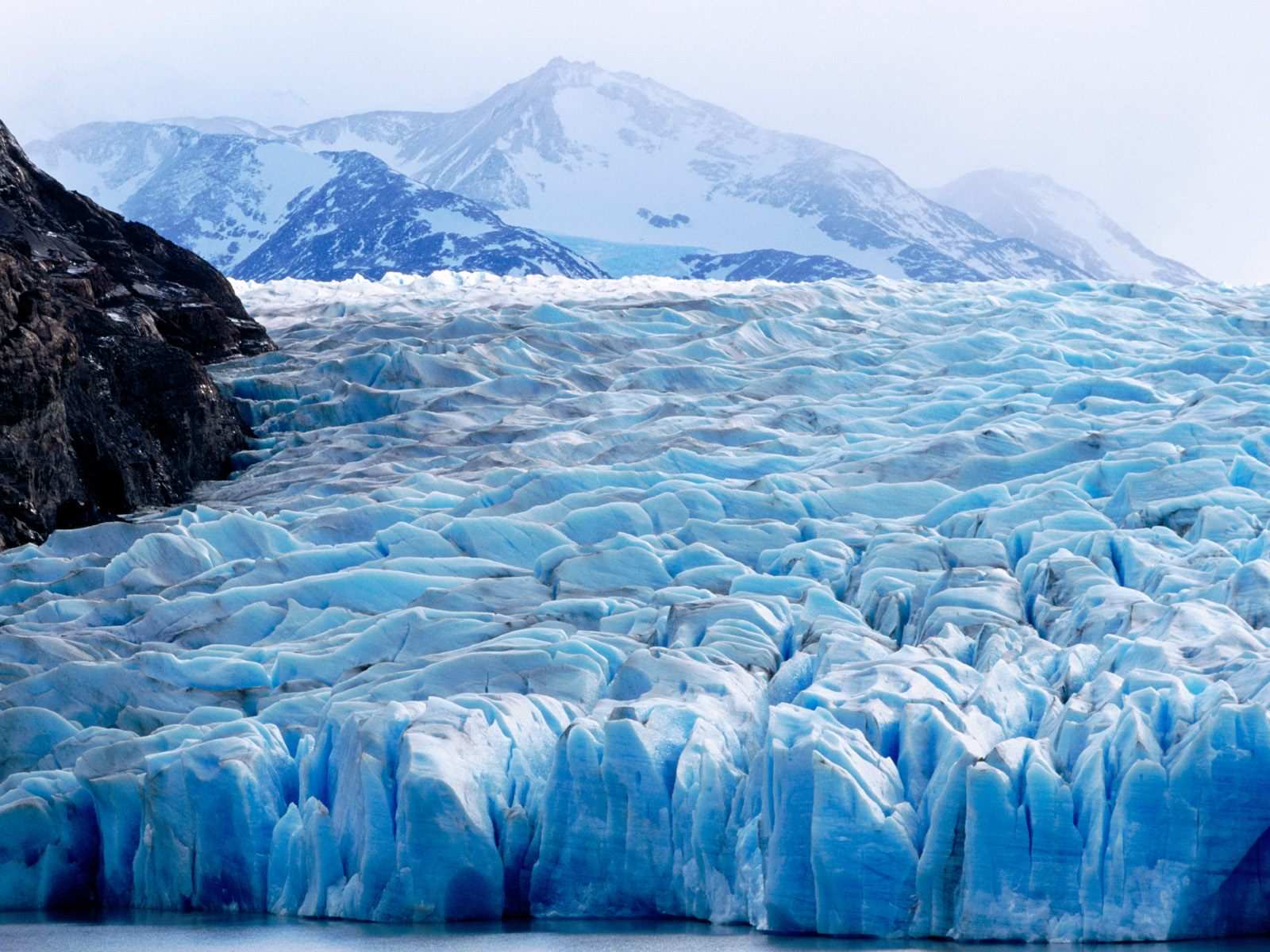
Healthcare professionals from Northwestern Medicine share this simple guide to address the following heat-related illnesses.
Sunburn
Sunburn, although often associated, is not exactly considered a "heat illness" since it is a direct result of excessive sunlight exposure. Heat illness is a result of an increase in body temperature, as indicated in a study published in The Journal of the Canadian Chiropractic Association.
But by no means should sunburns be underestimated. Caused by too much exposure to UV rays from the sun, sunburn results in a red, painful skin burn that can increase your risk for skin cancer. (Related: Sunburn: The indirect effects of severe UV radiation.)
Sunscreen is the primary form of sunburn prevention and should be worn every day and re-applied every two hours when you're out in the sun. Other forms of sun protection you can combine with sunscreen include hats, light clothing, sunglasses and umbrellas.
Extreme sunburn can occur along with sun blisters or sun poisoning. In their most extreme, severe sun blisters can occur along with fever, chills, nausea or vomiting and should be treated by your primary care physician.
Sun poisoning is an allergic reaction to the sun that may be the result of a bad sunburn. In addition to the symptoms of sunburn (pain, blisters), sun poisoning is marked by itchy bumps and can also include chills, dizziness, fever and nausea.
Heat rash
Also known as "prickly heat" or miliaria rubia, heat rash is a red rash on the skin, but unlike sunburn, heat rash can cause small, itchy, fluid-filled bumps on the skin.
The rash is caused by heat and tends to present around the hair follicles in areas with increased sweating or friction, like in skin folds – the elbow creases, underarms, under the breasts or in the groin – and places where clothing causes friction, particularly on the back, neck and upper chest.
Infants and children tend to get it more than adults because their sweat glands are still developing. Those with hyperhidrosis (excessive sweating) or sensitive skin are also likely to develop the rash.
Keeping the skin cool and avoiding hot, humid conditions is beneficial in keeping heat rash at bay. Keeping the irritated area dry is the primary form of treatment, though lotion or dusting powder may be used to help with comfort.
If you're in a hot or humid climate, try to take cool baths or showers frequently. Changing out sweaty clothes frequently can also help prevent heat rash.
Heat cramps
Painful muscle cramps in the abdomen, arms and legs, known as heat cramps, maybe the first sign of a serious heat-related illness and can be a symptom of heat exhaustion or heat stroke.
Heat cramps occur most often after exercise in hot environments. People are likely to sweat more than usual in the heat, which can worsen dehydration and salt depletion. Low salt levels diminish your body's ability to regulate fluids and cause cramps, while dehydration contributes to salt depletion as well as increases your risk for heat illness.
Heat cramps can be prevented by working out indoors or increasing fluid intake when outside. If you experience heat cramps, rest immediately and avoid resuming activity for a few hours. Drink something high in electrolytes, and stretch lightly and massage the affected muscles to relieve the spasm.
Heat exhaustion
Dehydration can also cause heat exhaustion, an illness that can develop either quickly or gradually over a few days. Heat exhaustion happens when body temperature rises to 104 degrees or higher.
Symptoms of heat exhaustion include cool, pale, clammy skin; dizziness; excessive thirst; fainting; fast, weak pulse; headaches; heavy sweating; nausea or vomiting; possible muscle cramps (including heat cramps); and weakness.
If you or someone near you is experiencing heat exhaustion, find a cool space, remove extra clothing and loosen any tight clothing. Provide water or a drink with electrolytes and apply cool, wet cloths to as much of the body as possible.
Left untreated, heat exhaustion can escalate into heat stroke.
Heat stroke
Heat stroke is your body's most severe reaction when body temperature rises, sweating mechanisms fail and your body overheats. It can happen within 15 minutes of being in the heat and can cause permanent disability or death.
In addition to certain shared symptoms with other heat illnesses – dehydration, high body temperature, red or hot skin – heat stroke can affect your mental state as well.
The absence of sweating is a key sign of heat stroke, and the pulse is rapid and strong rather than weak. Confusion, disorientation, dizziness, fogginess, hallucinations and a loss of consciousness can all be signs of heat stroke. Other physical symptoms include nausea, shallow breathing and a throbbing headache.
Heat stroke is a medical, life-threatening emergency. If you or someone around you appears to be suffering from heat stroke, call for help immediately. Meanwhile, move to a shady or cool area and attempt to cool the patient down however possible.
Tips to avoid heat-related illnesses
Soaring temperatures make daily life uncomfortable and also pose a serious threat to your health. So, when the temperature rises, take some basic precautions:
Pace yourself and plan your schedule accordingly if you have any intense activities or chores planned for the day. Keep out of the sun during the hottest parts of the day. Stay indoors with fans or air conditioning or in a cool shaded area.
Drink lots of water even if you don't feel thirsty. Staying hydrated will not only help you feel better, but it will help your body work more efficiently. (Related: Drinking more water is essential to improve mood and increase energy.)
Eat more potassium-rich foods and those with high water content – they have a natural cooling effect on the body.
Strip down and adjust your attire so that you aren't wearing stifling, restrictive clothing all day. Ditch any tight-fitting shirts and jeans and stick to more breathable fabrics that are loose-fitting and ideally light in color. Cotton or linen will work well. The right clothes will keep you much cooler.
Think twice before you open all the windows of your house to keep cool – if the temperature is higher outside than inside, you might lose a possible cool haven. Close the curtains or blinds in rooms where they face the sun.
Take frequent cold showers to cool down quickly.
Visit Health.news for more stories like this.
Watch the following video to learn how to protect yourself from heat-related illness as temperatures continue to rise.
This video is from the Daily Videos channel on Brighteon.com.
More related stories:
Eight home remedies to soothe sunburn.
Mild dehydration can have serious effects on health.
Driving while dehydrated found to be as dangerous as driving drunk.
Sources include:
Please contact us for more information.






















